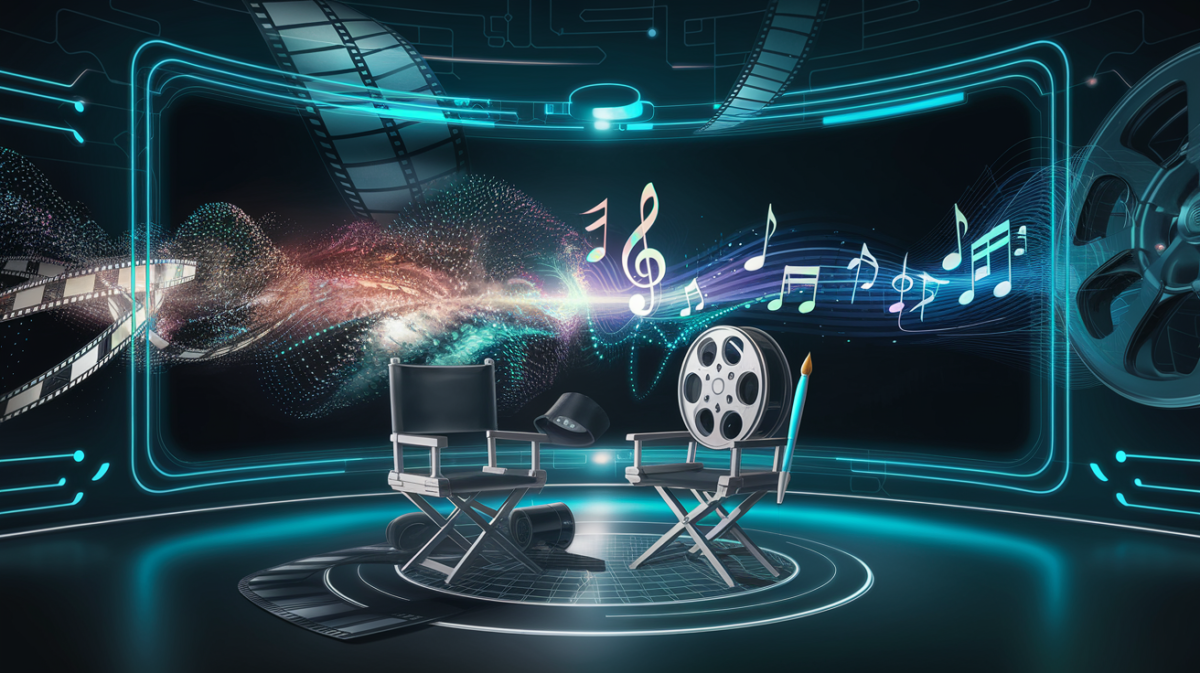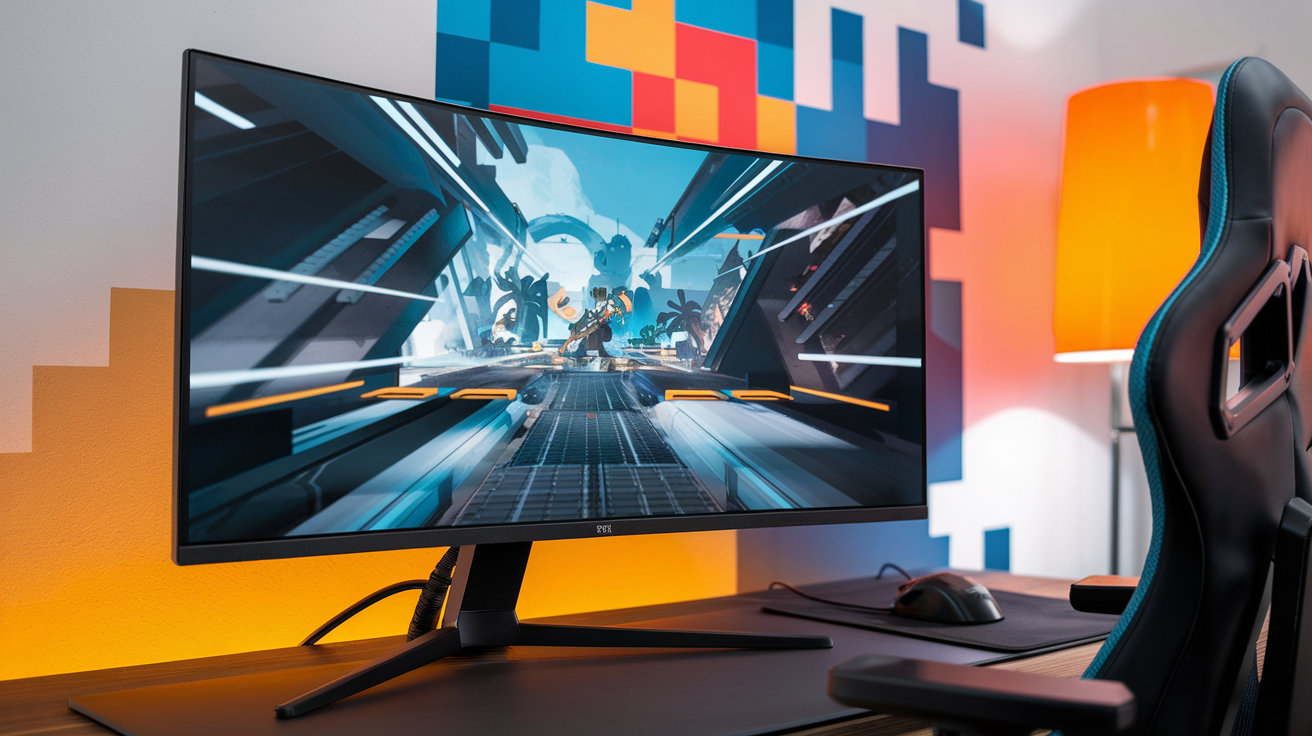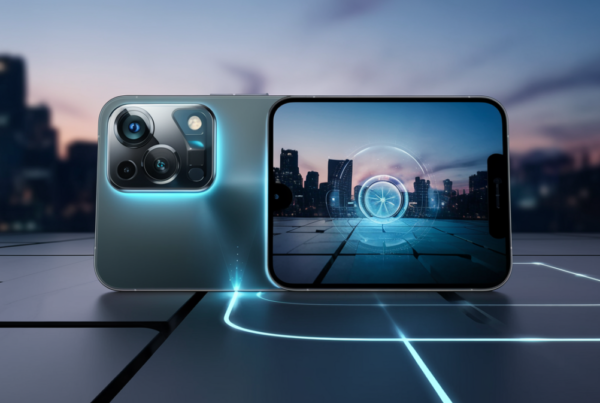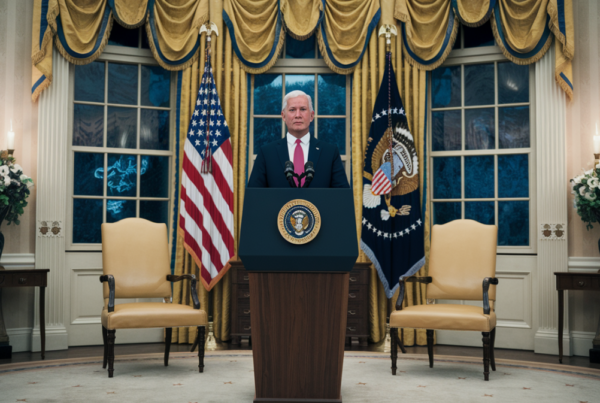The Rise of AI-Generated Video Content
Google’s latest innovation, Veo 3, is revolutionizing the way videos are created. Unveiled at the Google I/O 2025 event, this advanced AI model generates hyper-realistic videos complete with synchronized music and voiceovers, blurring the line between artificial and human-made content. From short clips to documentary-style scenes, Veo 3 interprets text and image inputs with remarkable accuracy, making it a game-changer for creators and businesses alike.
How Veo 3 Works
Veo 3 leverages cutting-edge AI to produce videos that are not only visually stunning but also contextually coherent. Here’s how it works:
- Text-to-Video: Users input a description, and Veo 3 generates a video that matches the narrative.
- Image Integration: The tool can also use uploaded images as a basis for video creation, adding motion and depth.
- Audio Synchronization: Veo 3 seamlessly pairs generated videos with music or voiceovers, enhancing the final product.
Currently, Veo 3 is available to Ultra subscribers of the Gemini app in the U.S. and to businesses through Vertex AI, making it accessible to both individual creators and large enterprises.
Flow: Google’s Professional AI Filmmaking Tool
Alongside Veo 3, Google introduced Flow, a professional-grade AI tool designed for advanced audiovisual projects. Flow combines the capabilities of Veo, Imagen, and Gemini from DeepMind, allowing users to craft detailed scenes with minimal input. For example, creators can specify a cast, location, and visual style, and Flow will generate a scene accordingly.
Flow is currently available to Pro and Ultra subscribers in the U.S., with plans for a wider rollout in the near future.
YouTube’s Integration of Veo 2
YouTube has already begun integrating Veo’s predecessor, Veo 2, into its Shorts platform. The feature, called Dream Screen, enables creators to generate AI-driven video clips and backgrounds by simply typing a text prompt. This opens up new creative possibilities for content creators, from enhancing storytelling to designing unique visual effects.
To maintain transparency, YouTube uses DeepMind’s SynthID tool to watermark and label AI-generated content, helping viewers distinguish between human-made and AI-generated videos.
Challenges and Ethical Concerns
While Veo 3 and similar tools offer exciting opportunities, they also raise significant ethical questions. The ease of creating realistic videos has led to concerns about misuse, such as the spread of misinformation or the creation of deepfake content.
- Misinformation: AI-generated videos can be used to fabricate events or impersonate individuals, posing risks to public trust.
- Quality Control: The proliferation of low-effort, AI-generated content—often referred to as “slop”—has flooded platforms like YouTube, diluting the quality of genuine content.
- Phishing Scams: YouTube has warned creators about phishing scams involving deepfake videos impersonating its CEO, Neal Mohan, to steal credentials.
Public Reaction: Excitement vs. Concern
The introduction of Veo 3 has sparked mixed reactions. On platforms like Reddit, users are divided:
- Supporters praise the creative potential, highlighting how AI can democratize video production.
- Skeptics worry about the ethical implications, particularly the believability of deepfakes and the need for stricter moderation.
A recent study analyzing Reddit discussions found that while many users embrace AI-generated content, there is also a strong call for platforms to implement safeguards against misuse.
Veo 3 vs. Competing AI Video Tools
Here’s how Veo 3 stacks up against other AI video generation tools:
| Feature | Veo 3 | Competitor A | Competitor B |
|---|---|---|---|
| Text-to-Video | Yes | Yes | No |
| Audio Sync | Yes | No | Yes |
| Professional Integration | Flow | Limited | None |
The Future of AI in Video Creation
Google’s Veo 3 and Flow represent a significant leap forward in AI-driven video production. As these tools become more widespread, the challenge will be to balance innovation with responsibility. Ensuring ethical use, maintaining content quality, and protecting against misuse will be critical as AI continues to reshape the creative landscape.
For now, Veo 3 offers a glimpse into a future where anyone—from amateur creators to Hollywood studios—can harness the power of AI to bring their visions to life.







